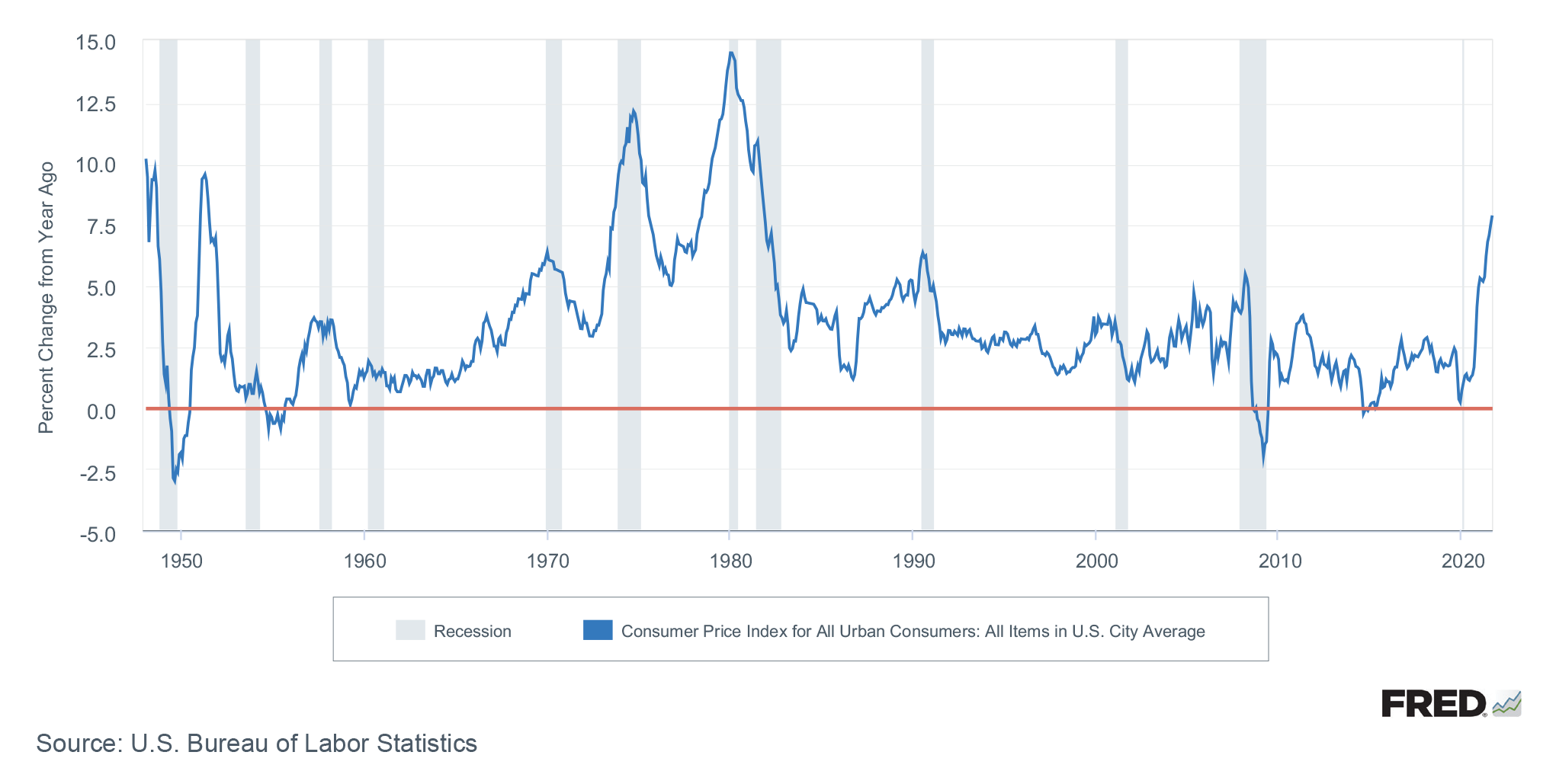Compounding Competitive Advantage: The Integration of Strategy, Project Selection and Execution Framework

Project selectivity is becoming a business imperative in today’s market.
Contractors are struggling to find people to do the work, and jobs are fraught with risk in terms of the availability and cost of construction inputs – everything from labor to fuel to semiconductor chips.
The global supply chain continues to be disrupted by sustained impacts of the pandemic, resulting in unprecedented material shortages and delays, and rampant inflation. Most recently, the Russia-Ukraine conflict has further exacerbated these supply chain and inflationary challenges.
With so much risk and few resources, contractors are becoming increasingly selective in the work they choose to pursue and complete. Well chronicled in FMI’s research about why large contractors fail, we found that most contractors run into financial trouble when they take on too much work and risk.

Risk aversion is driving a portion of the project selectivity conversation, but equal attention is being paid to return on resources. With contractors scrambling to staff and find resources for jobs, they should have significant economic motive to take on the work. Otherwise, why not pull back, do less (typically an unpopular option for growth-oriented leaders and organizations), and align the work acquisition pace with resource availability? When multiple buyers are vying for the same goods or services, prices and margins should increase.
Thinking Ahead
It’s easy to talk project selectivity during favorable market conditions. Demand outstrips supply, and providers have their pick of customers and jobs. In our previous article, we talked about how to be more selective when faced with abundant market opportunities and the importance of instilling a disciplined, criteria-based approach to your project selection strategy.
However, construction is a volatile industry. Favorable markets today can turn quickly. High inflation, asset price volatility and geopolitical uncertainty can cause even the most well-positioned company to question its strategy and long-term prospects. To be selective, no matter the market conditions, contractors need superior execution skills and strategic clarity.
Superior Execution
The idea of having to choose work implies that contractors have options with multiple customers vying for their services.
Companies with the most choices are experts. Their track records and reputations generate demand greater than their capacities. They are known for superior execution and client experience.
Operationally superior organizations have the right processes and practices embedded across departments and through all phases of the project life cycle from preconstruction to post-job follow-up. They’re also continually improving, focusing on lessons learned from one job to the next, and adapting their operating models to better serve clients.
A few characteristics of these organizations include:
- Exceptional communication. Most construction project issues can be traced to breakdowns in communication. Quality and timeliness of communication ensure all project stakeholders work under the same set of facts and expectations. Establishing strong communication, cooperation and collaboration as early as possible, ideally before the concept or proposal phases, generally indicates they’ll last for the duration of the project. Best-in-class firms dedicate time and energy to ensuring every client and project is based on consistent processes, providing customers with consistent experiences. Yet, the level and quality of communication are determined by project leaders. Effective leaders focus on helping project managers and other leaders develop effective communication and other soft skills to deliver exceptional client service.
- Fanatical, proactive planning. Robust planning ensures a high degree of productivity for all stakeholders, from concept through completion. With strong planning, design entities, general contractors and trade contractors can be more efficient with their resources, which yields better profitability. And when teams are highly productive, they tend to deliver on budgets and schedules, ultimately providing better commercial outcomes for clients and owners.
- Robust project controls. While it’s not glamorous, contractors should have a clear and consistent policy on what and how records are kept, and it should be communicated to everyone. This consistency in documentation underpins the effective communication described above, enabling preconstruction and project delivery teams to be responsive and effective communicators.
- Focus on continuous improvement. Processes and procedures need to be updated regularly to make sure they fit new trends, niches, clients and workflows. This might sound daunting, but having a robust system for post-job review can help reduce recurring project challenges and also demonstrate to clients the drive to continuously improve services.
Those that can instill confidence in clients through superior execution and project risk controls will create greater market demand, thus perpetuating the opportunity to be selective.
This list is just a small selection of traits associated with superior execution. Depending on a contractor’s defined competitive strategy, the supporting core operational competencies and strategic capabilities may vary. Having clarity on the long-range, competitive strategy helps inform where to focus efforts for developing and advancing superior execution capabilities.
Strategic Clarity
Contractors can only have discipline with project selection if they have a clear strategy to achieve their envisioned future. At a high level, strategy should inform where to play and how to win.
- Determining where to play focuses a contractor’s concentration on the markets, segments, clients and project types that are perceived to yield the greatest opportunities in the future.
- Deciding how to win aligns a contractor’s capabilities with customer demand. By understanding the unique buying preferences of the client universe defined by where to play, contractors can tailor their execution approach to optimize success for both themselves and their clients.
When a contractor’s execution approach is aligned with client preferences, it can result in exceptionally satisfied customers, which in turn can lead to repeat business. Opportunities to work with the same clients limit the need for contractors to continually look for new work and enhance their abilities to be selective.
Repeat opportunities also advance a contractor’s experience in a particular market, segment or product type. The advantage here is twofold:
- Having this experience increases market attractiveness for future clients, new or existing.
- Each opportunity is a learning experience that should allow contractors to further advance their delivery capabilities to align with client expectations.
Strategy x Operations = Compounding Advantage
It’s important for leaders to evaluate their longrange priorities and create a framework for setting strategic direction. By objectively evaluating the company’s current state and then assessing where it’s going and how it will get there, leaders can align their teams around where to play and how to win. Questions to ask include:
- Do you have a clear strategy that informs where to play and how to win?
- Is your strategy informing project selection, including which projects to approve and, more importantly, which to reject?
- Is your strategy informing your operations capabilities such as where to invest time, energy and capital in operational infrastructure to deliver unrivaled client experience and competitive advantage?
Clear strategy is required for disciplined project selection, and disciplined project selection is the leading edge in realizing any market-facing strategy. Strategy also informs how a company will outperform the competition in the eyes of customers. Avoid rushing into decisions that may not turn out favorably for your company, your employees and your customers. Instead, take a calculated approach to both the current and future E&C marketplace. The most successful companies focus on understanding the world around them, how that world is being reinvented, and how they fit into it.
When superior execution is aligned with clear strategy, it compounds your competitive advantage.




